Childhood Dreams
Story and photos by Harold Gan: @drivenbytaste
Since young there was little doubt that cars were going to take a fair chunk of any future income that I may be blessed enough to make. Matchbox and Tomica miniature toy cars were the annual Christmas gifts that I craved under the tree. Of all the cars that were gifted to me as a child, one stood out. That one iconic toy was a Tandy Electronics radio control toy car of the Porsche 935, of course in Martini livery. It was the first Porsche race car that I owned, it was from my father and it was huge. Being in 1/12 scale and radio control, I just could not get enough of that toy, “driving” that 935 all around the house. From that one toy car, something had been planted within me, and I began to wonder what it would be like to drive a race car amongst lesser cars on public road.
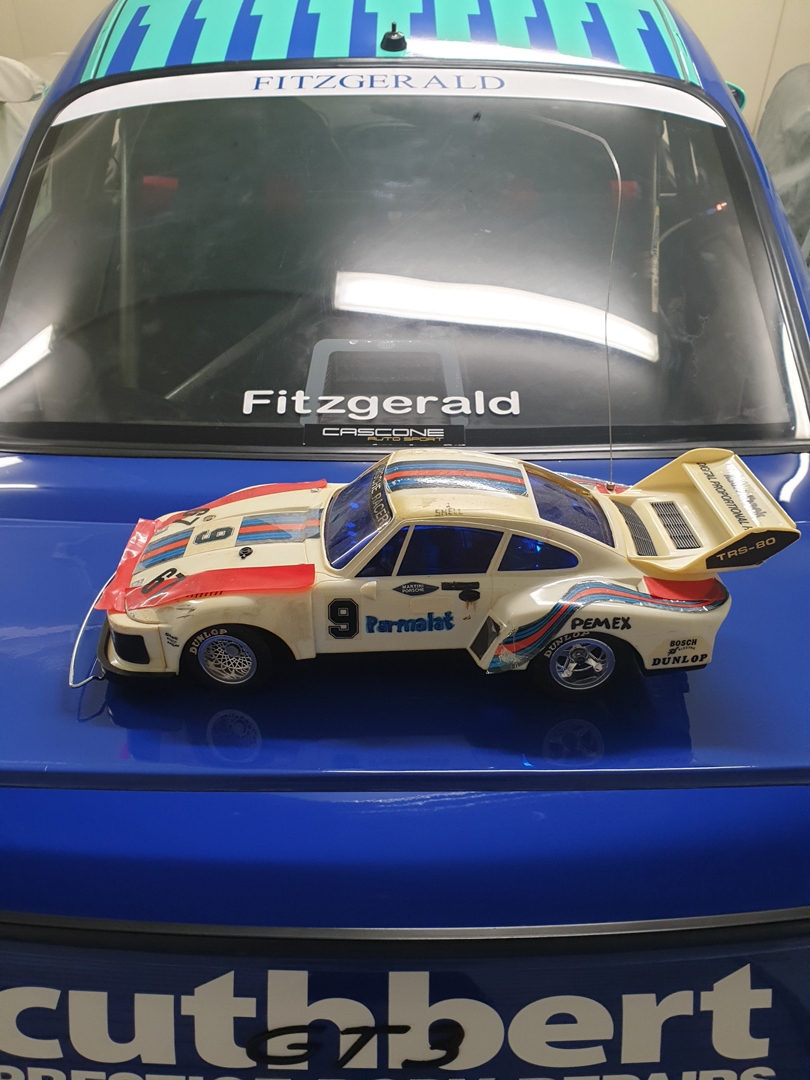
That radio control car also had a secondary effect on me. It sparked an interest in the Porsche marque, and in particular their race models. This lead me on a mission to learn more about Porsche racing history. Trips to the toy and hobby shops to look for miniatures transformed into visits to book shops looking for any book about racing, with the key target of my new found obsession being collecting any motorsport annuals or historic books on Porsche participation in races. These hard cover books further fuelled my desire to understand more about Porsche and their track R&D that translated so directly to their road going vehicles.
Before long, I was tuning into the television to watch these breathtaking machines and their legendary drivers battle it out on the track. New names were added to my repertoire of international race heroes that became synonymous with Porsche. What started as names from a bygone era such as Donohue, Elford, Rohl and Bell, gradually moved closer to my home base of Australia and the then current era of racers. At the top of the field was Jim Richards and Peter Fitzgerald. Jim Richards, because he was the man to pilot Godzilla (the R32 GTR) to its dominance in Australian motorsport, destroying all competitors, and Peter Fitzgerald as he successfully campaigned the Falken Racing team colours in Australia, running a variety of Porsches. Indeed, few driver’s names are as synonymous with Porsche in Australia as Peter Fitzgerald, a constant podium finisher on the Australian racing scene since the late 1970s.
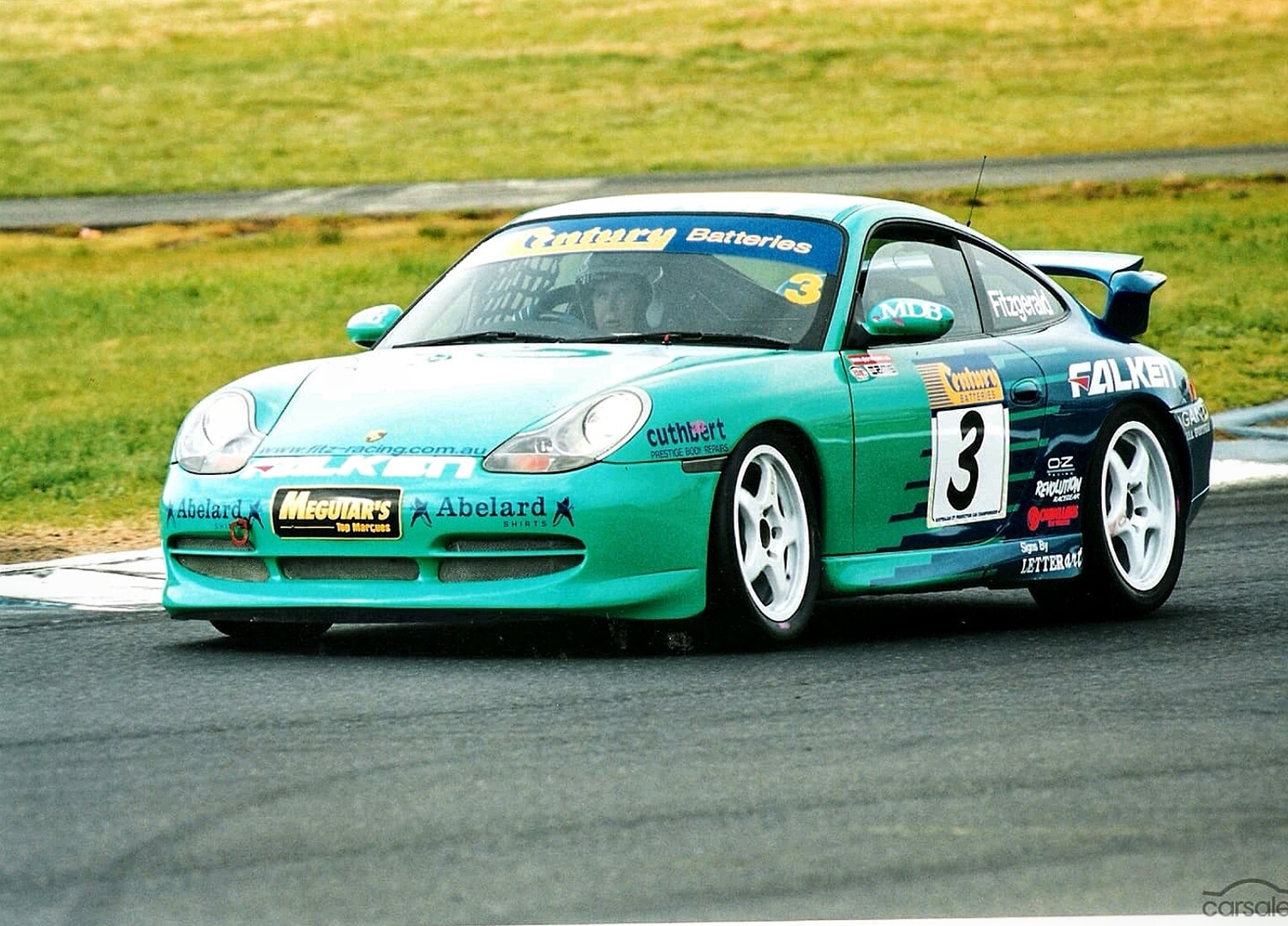
Having raced Porsche’s almost since the beginning of his career in 1977, Fitzgerald first competitively ran a 911S in the 1978 Australian Sports Car Championship series where he finished 10th before climbing to second in just his second year of the Championship in 1979, running a 911 Carrera. 1983 saw Peter compete in both a 930 and a Carrera RSR, but slipping to 5th in the Australian Sports Sedan/GT Championship, before regaining a podium position (third) on the overall Championship in 1984 and second in 1985 running the Carrera RSR.
The following years saw Fitzgerald enter a number of other race series for Production cars and Endurance races such as the James Hardie 12 Hour, where he regularly finished on the podium. However, it was not until 1993 that he finally returned to Porsche showing significant success, initially driving the then brand new 968CS in the Sandown 6 hour race for the Porsche Australia Factory Team. 1994 was a significant year for Peter Fitzgerald when he was convinced by the then Chairman of Porsche Australia to set up a racing and services operation to specifically support Porsche race cars in Australia following his strong success campaigning the 944 and 968 CS models. As a result of this, Fitzgerald Racing Services was born, and became recognised as the de facto go to organisation for anyone wanting to race Porsche competitively at the highest level of competition in the country. Whilst not ever officially a part of Porsche Australia, Fitzgerald Racing Services was still essentially intertwined with Porsche Australia and had significant support from them. This match up in 1994 lead to a 2nd position in the Bathurst 12 Hour Race in Class X (being the top of the field extra high performance production cars) as well as an overall third in the Australian Super Production Car Series under the Fitzgerald Racing Team over four races.
By 1995 Porsche had introduced a new race focused derivative of the 911, the 993 RSCS, and to remain on the cutting edge of technology within the Porsche family, this car was used to replace the transaxle 968 CS. Utilising this car, Fitzgerald made it to second in the Australian GT Production Car Championship running in all 12 races in the series as well as managing a second in the Eastern Creek 12 hour of the same year. With no new replacement car planned by Porsche, the 993 RSCS followed him into the 1996 season where he finished third overall in both Class A and outright before finally netting him the Overall Championship in the 1997 Australian GT Production Car Championship and an overall second in the 1998 and 1999 season.

In 2000, the Nations Cup Race Series replaced the prior years Australian GT Production Car Championship as the pre-eminent CAMS sanctioned championship in Australia for the high performance GT bodied cars. Whilst the old series had placed the exotic cars alongside the more mass produced machinery such as the Mitsubishi Lancers Evos and Subaru Imprezas, CAMS decided to split the series into two separate race series, one for the exotic race machinery that essentially comprised the Lamborghinis, Ferraris and Porsches, with the “lower performance” cars being put into the newly revised Australian GT Production Car Championship to allow the Mitsubishis, Subarus and HSVs to run for outright championship wins rather than just class wins. As a result, the cars that competed in the prestigious Nations Cup Race Series at this time were restricted to high performance cars only, including the Corvette C5, Viper ACR, Ferrari 360 N-GT, Ferrari 550 Millenio, Diablo SVR, Diablo GTR, Porsche 993 GT2, Porsche 993 RSCS, BMW M3 GTR, Nissan Skyline R34 GTR, Lotus Esprit and Maserati Trofeo.
The split in the Championship into two classes coincided perfectly with Porsche finally deciding, somewhat controversially, to retire the air cooled cars and reinvent the wheel with a water cooled version of the venerable 911. To ensure the best chance at competing in the new series solely against the exotic machinery, the Falken Racing Team made sure that they were among the first in line to receive the all new track focused version of the top of the line water pumper, picking up one of the first of the brand new 996.1 GT3 CS cars to reach Australian shores.
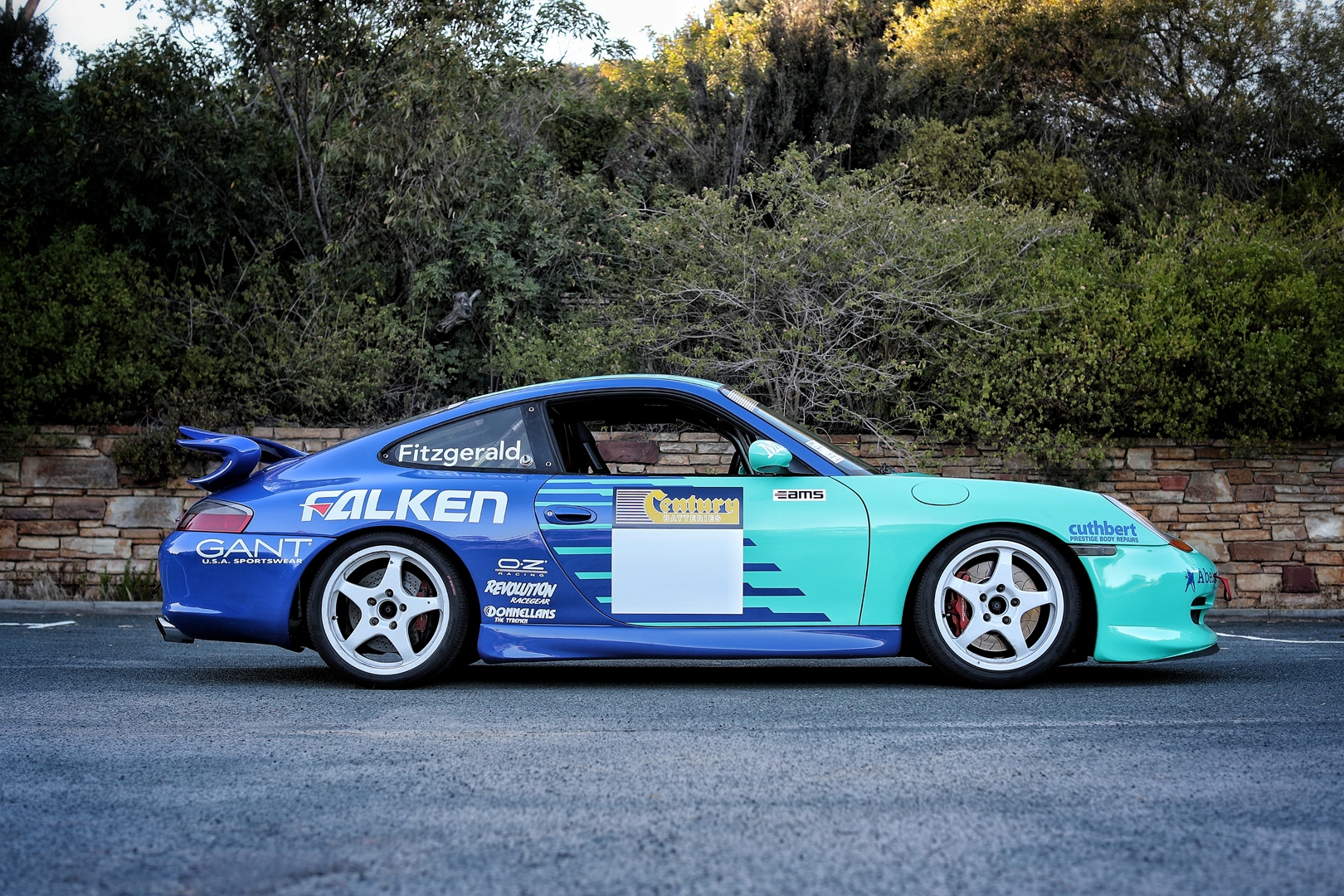
The GT3 designation was introduced for the first time in 1999 in both touring format and an even more focused version known as the Club Sport variant, or CS. This version was equipped from the factory with a single mass flywheel and half roll cage among other subtle changes. A fully street legal 996.1 GT3 CS was as a result delivered to Fitzgerald Racing in iris blue metallic to the factories of Fitzgerald Racing Services, where it (along with a number of other identically specified cars from Porsche Australia) were duly modified to comply with the newly formed Nations Cup Race Series rules.
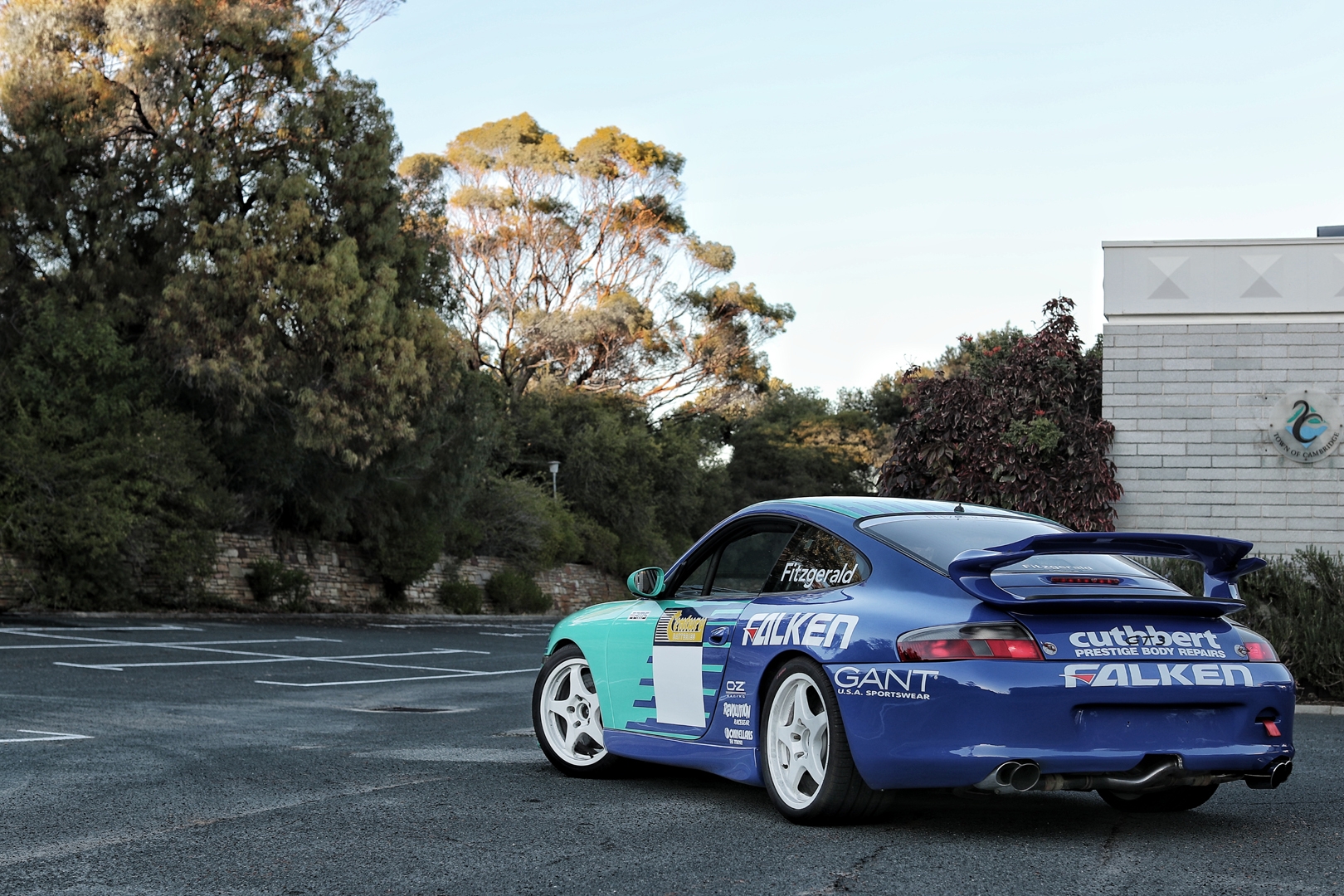
Whilst manufactured in 1999, the Fitzgerald 996.1 finally had full compliance and issuance of its CAMS log book on the 7th of March 2000. The maiden race of the car, adorned with the Fitzgerald trademark Falken sponsored racing livery, was at Adelaide a month later on the 7th of April where it commenced its assault on the Nations Cup Race Series for 2000. The car participated in all 19 races on the Adelaide Parklands Circuit, Eastern Creek International Raceway, Canberra Street Circuit, Queensland Raceway, Oran Park, Calder Park, the Gold Coast and Mount Panorama. By the end of the season, Fitzgerald had managed to secure a successful debut result in the 996.1 GT3 CS with a second outright only being nudged out by the equally competitive 996.1 GT3 CS of Jim Richards proving itself to be a remarkable turnkey performance car.
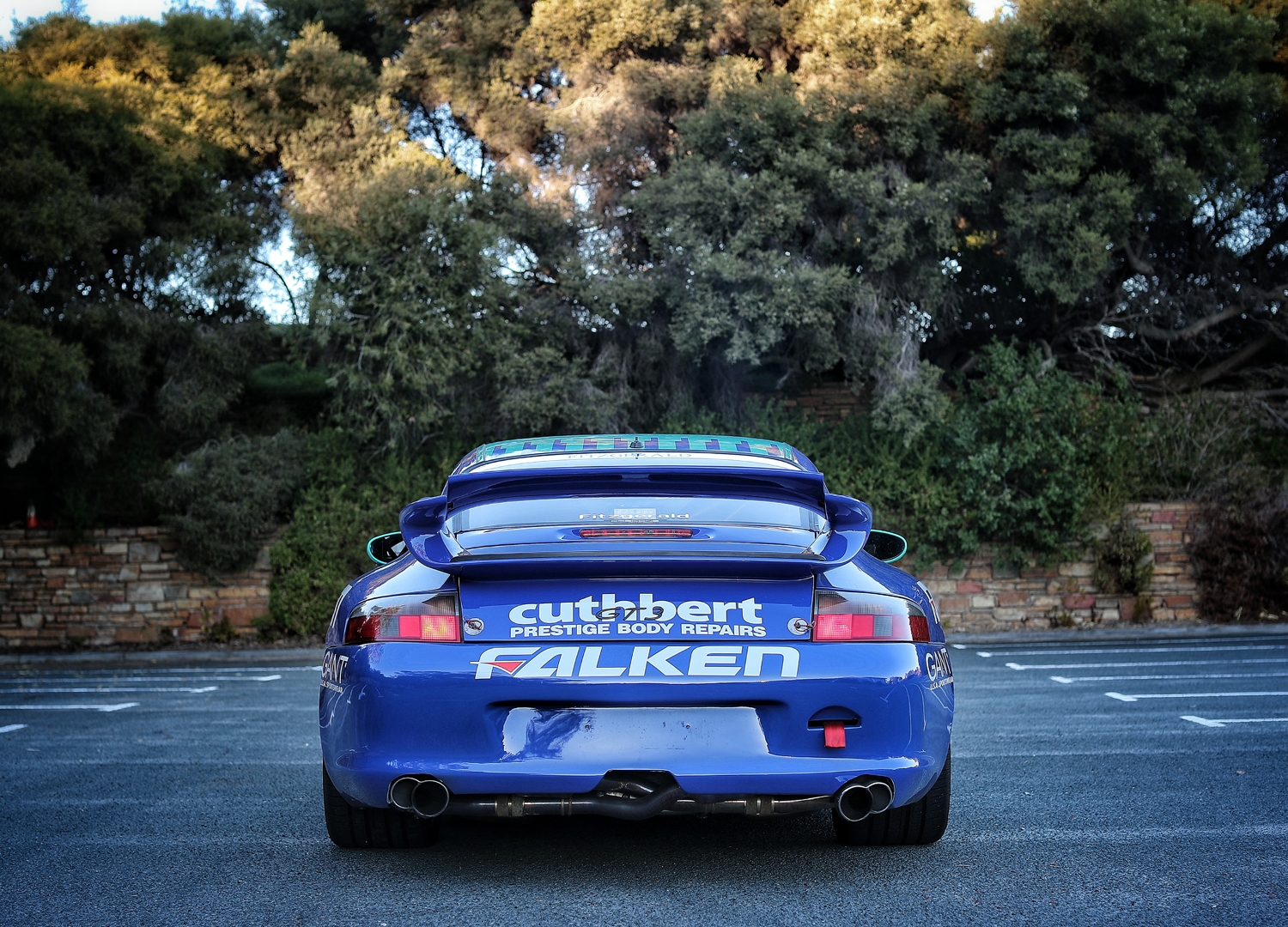
The 2001 season of racing resulted in the Lamborghini factory team focusing significant development of their race Diablos to ensure a stronger onslaught at the Nations cup series that year. This resulted in the Falken Racing 996.1 GT3 CS slipping down the championship ladder to 3rd outright in the Nations Cup with the Falken Racing car giving up the second place overall Championship standing to Paul Stokell who raced the incredibly powerful and well sorted factory Lamborghini Diablo GTR. 2001 also saw the Falken Racing Team enter the car in the Clarion Sandown 500, the 34th Sandown 500 to be run at Sandown Raceway in Melbourne where the car once again, in the hands of Peter Fitzgerald and second driver Geoff Morgan (both from Australia) managed a third place outright behind the Ferrari 360 Challenge of John Bowe (of Australia) and Tom Waring (of the UK) and the Porsche 996 GT3 of Steve Webb and Neal Bates of Australia, proving the reliability of the Porsche over the distance.
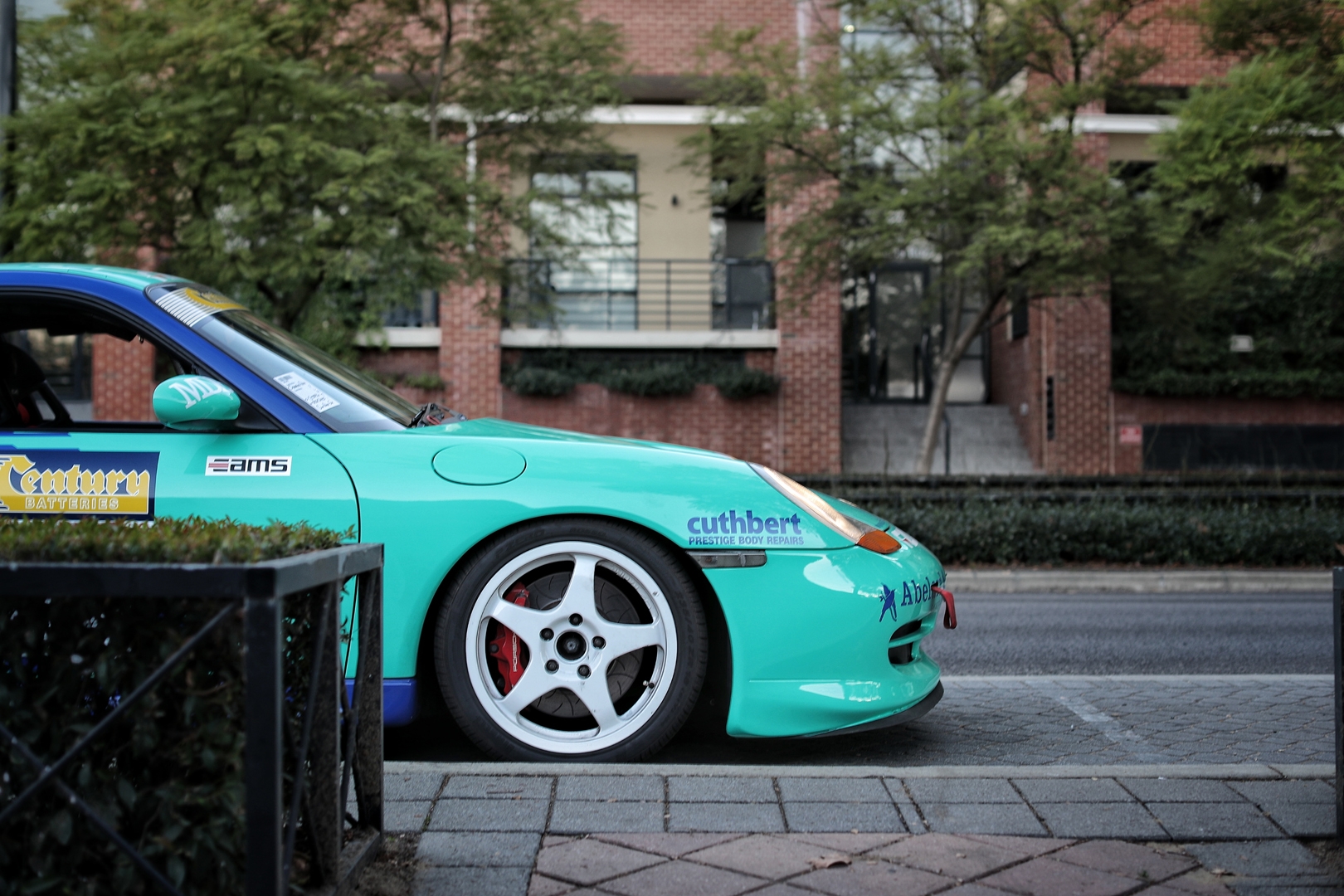
In 2002, with the arrival of the 996.2 version of the GT3, the 996.1 GT3 CS was retired by the Falken Race Team, and wound up in the hands of privateer Hans de Corti of Western Australia where it was rallied from 2002 to 2007 in Targa West as well as many Porsche Club of Western Australia events with relative success. The car had its shell repainted during this time to red and then silver before being sold to George Bradbury in May 2007 and raced in privateer events at Philip Island, Porsche Club of Western Australia events and Targa West. The car had during this time been further developed with carbon fibre panels and additional stripping of the interior over and above what had resided in the car during its Nations Cup campaigns under the Falken Racing Team. During the ownership tenor of Bradbury, the engine was identified to need a rebuild, but rather than do that, Bradbury worked closely with K-Tec to source and install a 996.1 Cup Car engine that he had found in 2007 from a near new Cup car in Europe that had been crashed. The Fitzgerald 996.1 was returned back to its original Falken Racing colours at this time where it continued to be rallied by Bradbury. The car continued to become a more extreme race car, with plastic windows, lightweight carbon doors, bumpers, boot, bonnet and front panels, a sequential shifter fitted alongside a G50 synchro set up and a full AP air jack system making it one of the most developed 996.1 GT3 CS cars in Australia, still fully road registered and road usable if one was so inclined.
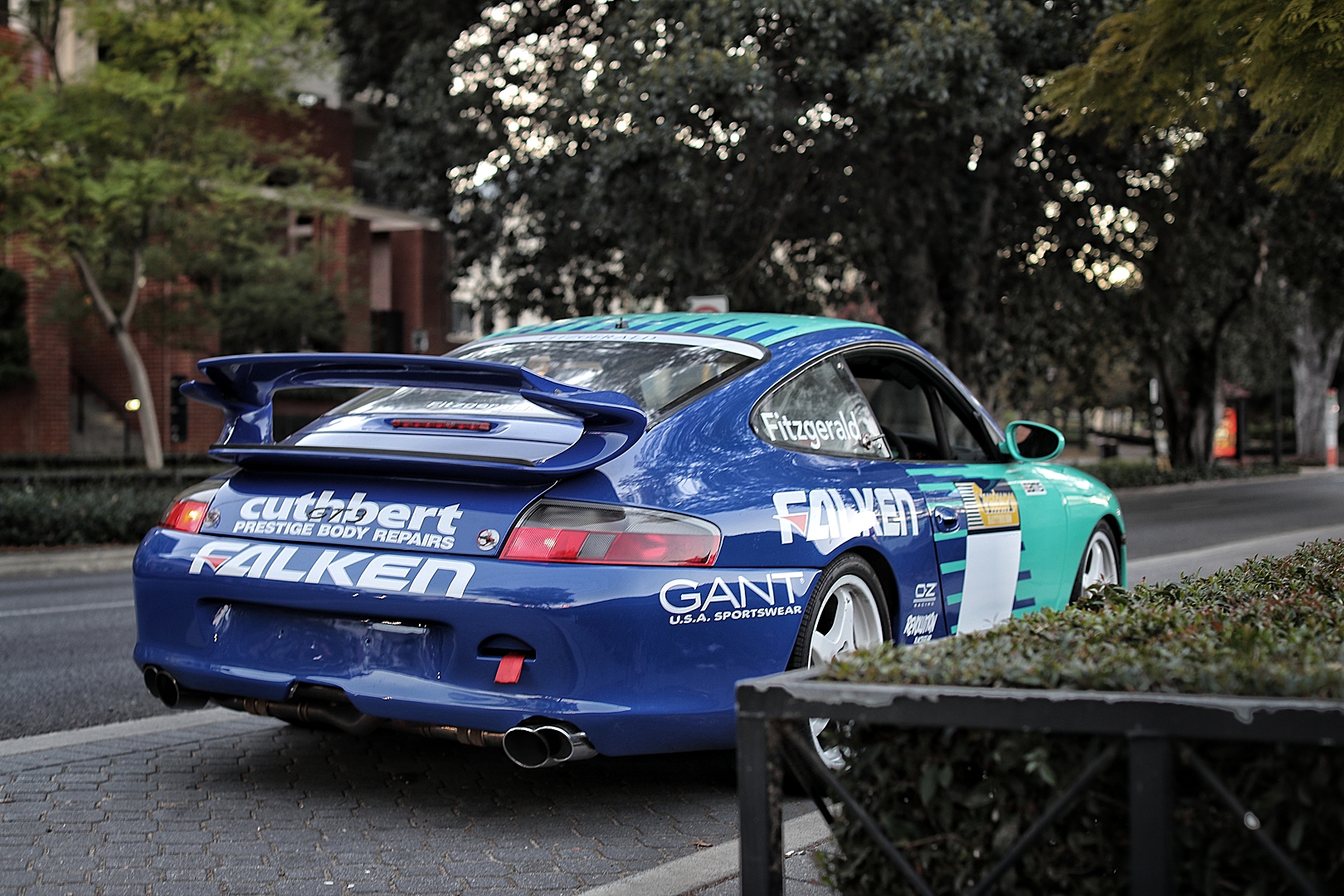
The original engine from the Nations Cup car was then sold back to Peter Fitzgerald where it was rebuilt and upgraded with a full new Motec system to push out the better part of 400bhp in its all new iteration. The engine was then sold on to another gentleman racer, Greg Muller of Victoria, who had the engine installed in his race car and used for a number of Victorian State Series rounds.
The Fitzgerald 996.1 Nations Cup car was finally retired from competition in 2012 when George Bradbury decided to focus on Masters hockey, representing Australia in the game, whereupon it was sold to a private collector in Melbourne Victoria still using the Cup Car engine and the carbon panels. Realising the value of the Nations Cup Car as a full numbers matching car meant that the private collector decided to return the car to closer to original specification as when Peter Fitzgerald raced it. Whilst the panel replacement back to the original factory pieces was relatively simple (though the front and rear bumper as well as rear wing are still lightweight components rather than the original GT3 items), the most important jewel in the crown, the original matching numbers engine still needed to be sourced. As luck would have it, the collector had been sending his car for service to a gentleman by the name of Nick Cascone in Victoria, and Cascone had by coincidence been also servicing the race car of a certain Mr Muller. Yes, the same gentleman who had some years earlier purchased the original Nations Cup engine and transmission from Peter Fitzgerald Racing Services. After some careful negotiation between the various parties, Nick Cascone was finally given the go ahead to transplant the original Nations Cup engine back into the Falken car at the tail end of 2016 with the Cup engine being in turn installed in Greg Muller’s race car. A street legal exhaust from the UK was custom fitted to the Fitzgerald car to make it more road friendly, as was a standard gear shifter to replace the sequential shift set up and finally the car was once again whole by 2017 for the first time in many years. As an aside the Muller car was eventually sold to the same private collector that owned the Fitzgerald Nations Cup 996.1.
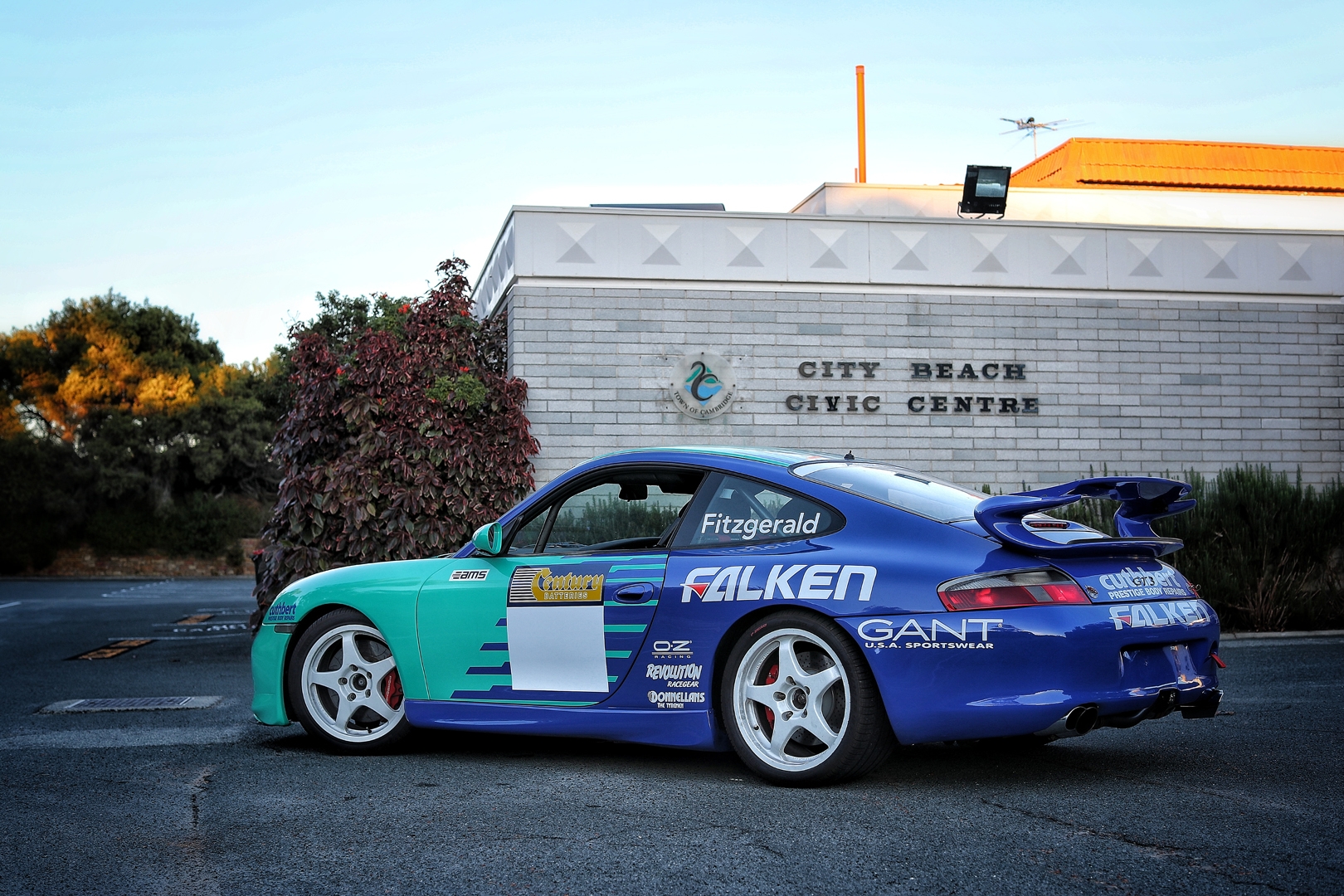
With all the work finally being done, the car remained in his care until 2019 when the collector decided to sell it along with a number of his other cars. It was at this time that I realised that i would finally be able to realise a dream i had for a very long time, to add a genuinely significant Porsche race car to my small collection of 911s with the possibility of actually driving it on public roads alongside all the drudgery of everyday traffic. The discovery of its sale through a Porsche Forum in Australia had me in the very fortunate position of sitting on some liquidity that was initially pegged against an investment that didn’t pan out, which in turn enabled a very quick decision to lock in the purchase for the ex race car. Over the span of just two days (including a Sunday) with significant luck and fate, I was able to confirm the sale and a ticket was booked to Melbourne Australia the following week.
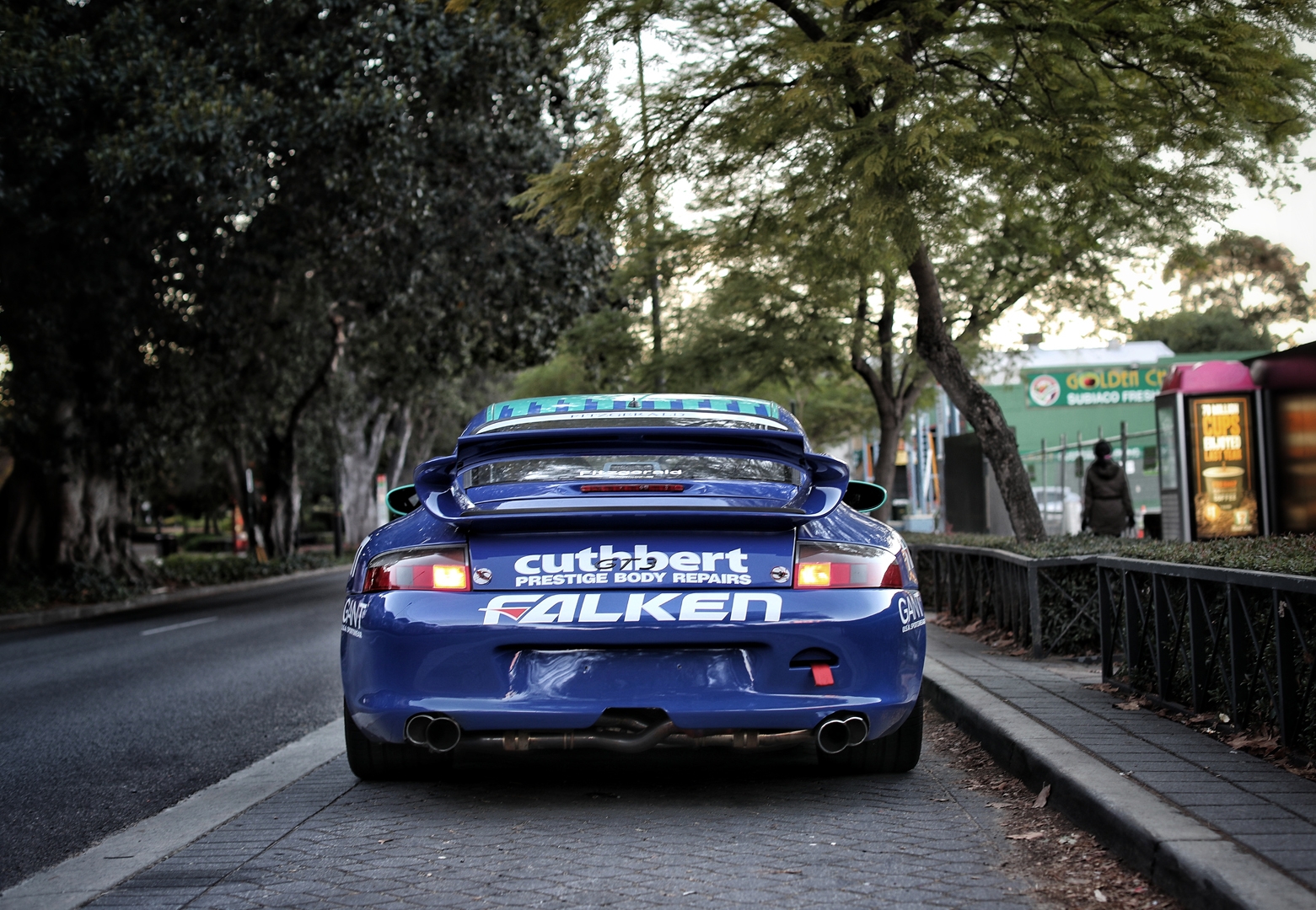
My right to passage into what had been a dream for years was something I can’t forget quickly. The thought that this was just a slightly tuned up GT3 was quickly dispelled the moment I opened the door and laid eyes on the Motec dash board peeping up just behind the quick release steering wheel. Scanning the cabin allowed me to absorb the vibe. Scant amounts of carpet haphazardly placed around the rear of the cabin to cover the raw sheet metal, a full roll cage, the modified 6 speed shifter protruding proudly from the partly disassembled centre console to reveal the inner workings of the shift mechanism, those 5 point racing harnesses and wiring loom plugged into a magical gold box of Motec goodness. This place of work was no race boy imagined and built place, this was the real deal.
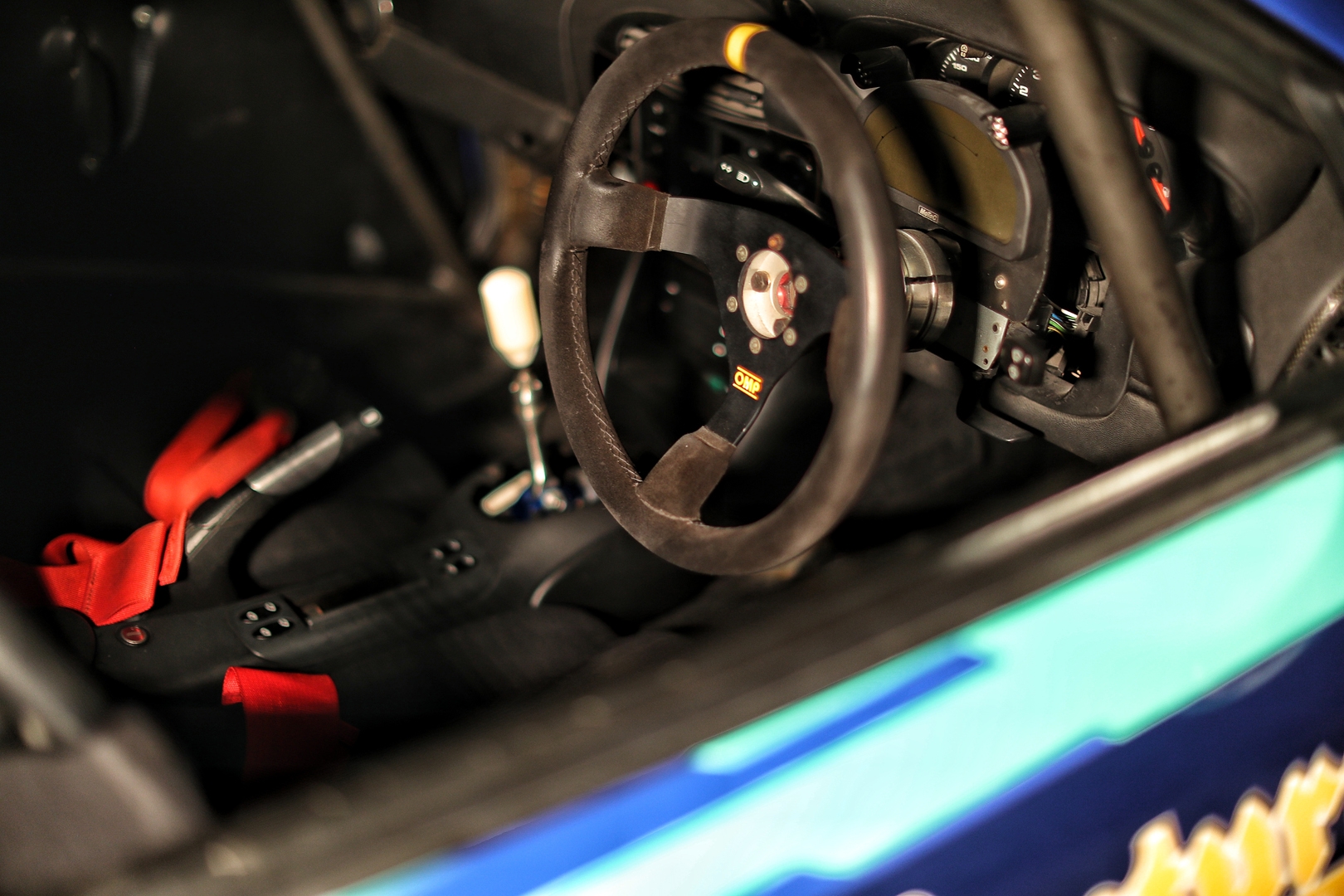
That dream from when i was controlling the little Porsche 935 toy radio control car around the fictitious roads on the living room floor were coming back to me. My dear sister who witnessed me on that first drive in the Fitzgerald car recounted to me that there was a smile of a cheshire cat adorning my face, mixing downright excitement I had not experienced from a car in years, commingled with some trepidation, or perhaps fear. And they were right.
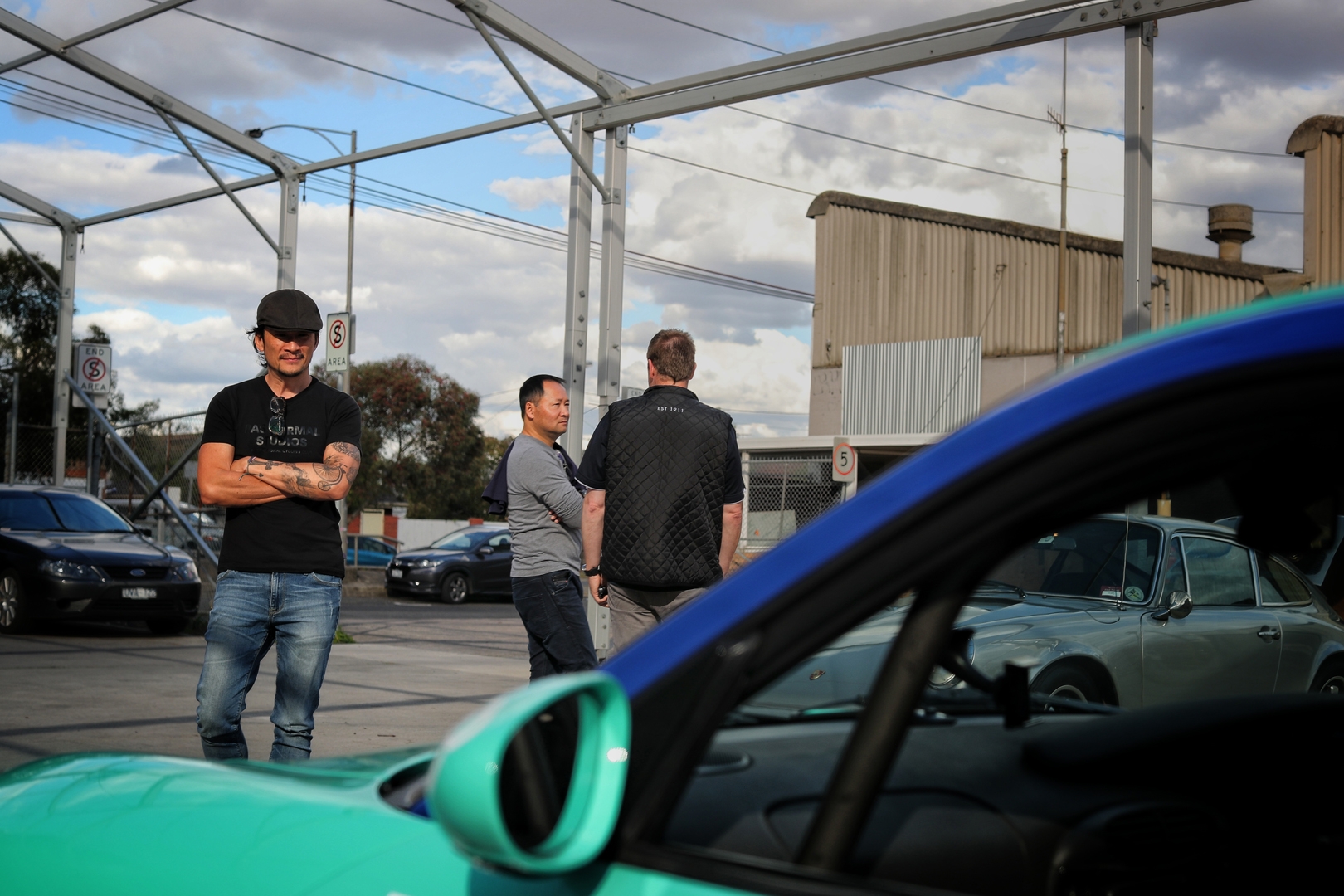
Upon opening the door, it took a moment to collect my thoughts and stretch out my middle aged back as i began to fold and ultimately collapse myself into the factory bucket seats through the full roll cage front bars. I make sure not to test my skull on the overhead bars that deceptively hid out of sight to my less than stellar eyes adjusting to the almost all black interior. Finally, wriggling myself into the prime position in the cabin and spending a couple minutes to adjust the seat properly, I strap myself snugly into the 5 point harness as the heart rate went up a notch and i finally depressed the clutch and turned the ignition key.
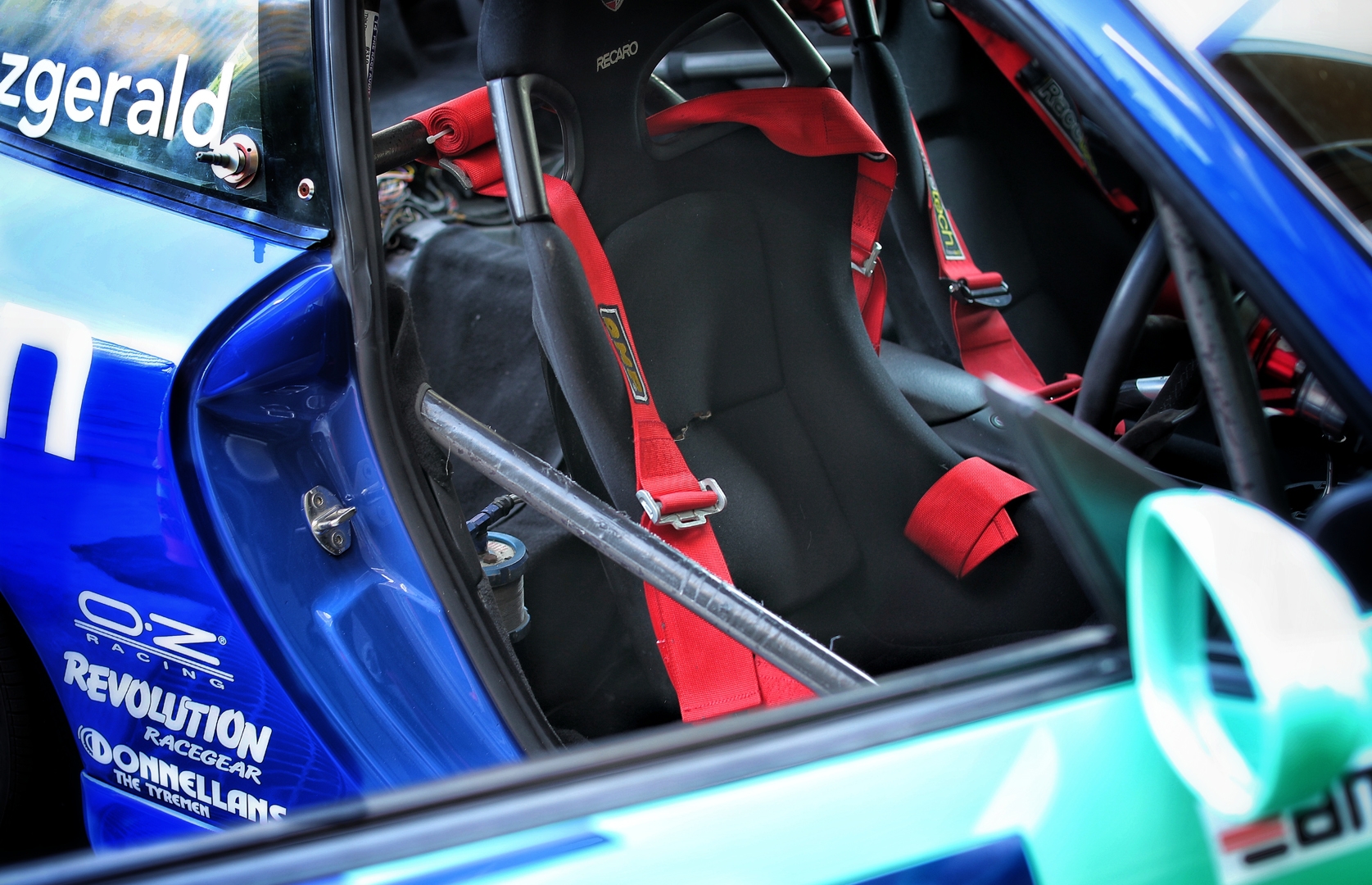
No über cool start button in red or sequence of switches to flick. Just turn the ignition like any other car in the garage. But the engine immediately reminded me again that she wasn’t going to be a grocery getter. Struggling to catch, the engine management doing all its tricks to finally convince the engine to fire up, the lumpy idle made no pretences. The cosine curve of noise and vibration all just made me smile more, even at standstill. The smell of rich unburnt fuel filtering through the cabin as the engine management system set about sorting itself out. Upon releasing the clutch the single mass flywheel did what it could to stall the car but thankfully the clutch wasn’t one of those non sprung race clutches. Driving through the first set of round abouts and turns was a revelation. Noise factor aside- remember this car has close to zero sound proofing (I am still trying to find any evidence of sound proofing truth be told), ensured that there was sensory overload.
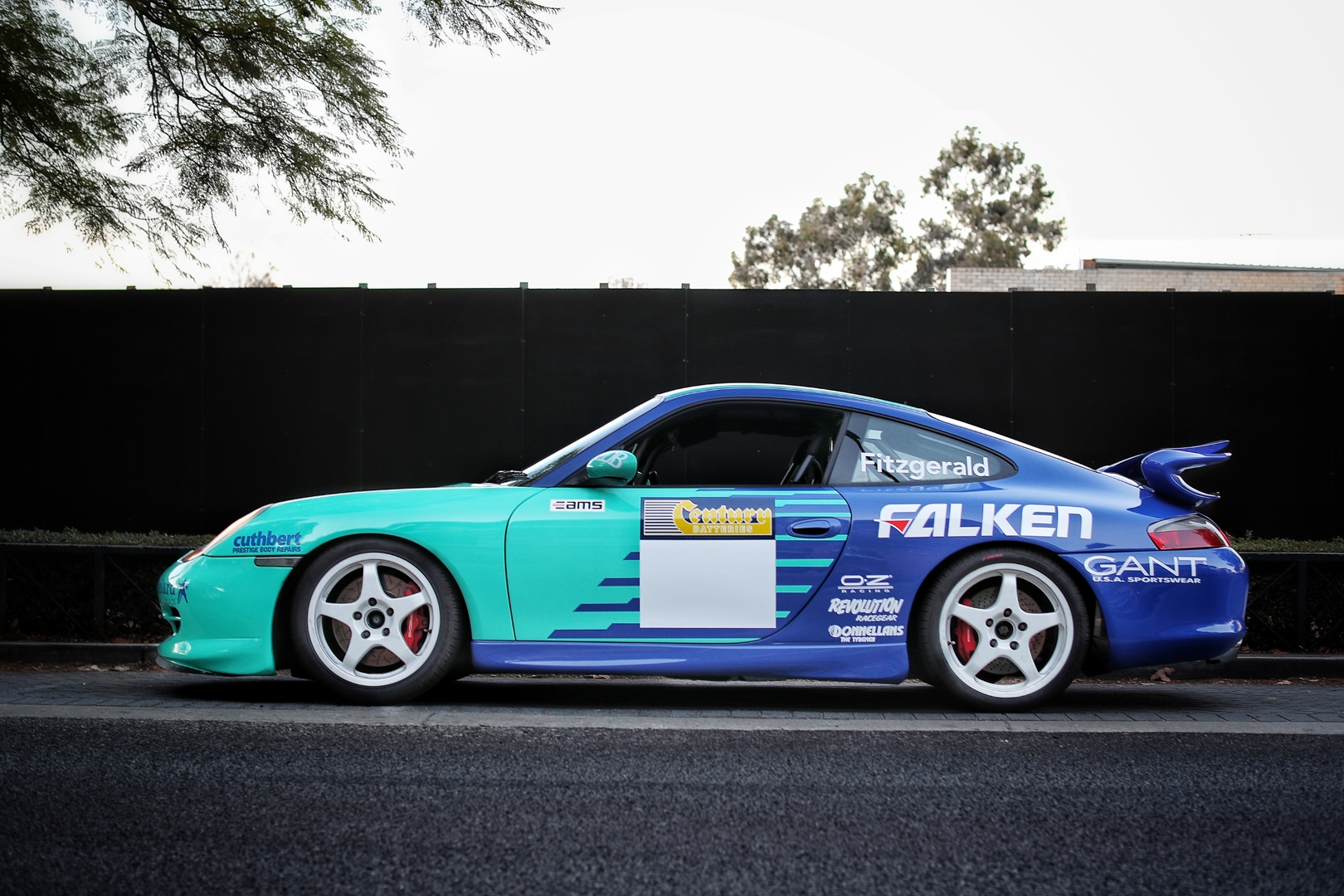
The position of the OMP alcantara wheel felt almost as if it was reaching out to grab you with its significantly offset dish and extended wheel boss placing the wheel far closer to the chest than a normal road car would be. What I was beginning to discover was that a perfect race set up felt almost cramped to me initially even when compared against old track focused cars that I had owned. Patina evidencing an honest life at the track permeated the interior, and the extended gear shift within easy reach of the left hand painted the final strokes as to what the likes of Peter Fitzgerald would have deemed perfect for driving back in the day. I dare say that the key change to today’s race cars would be the disappearance of the stick protruding proudly from the centre tunnel together with the associated left foot pedal. Holding the remote control to that toy 935 amplified to the power of infinity. The Fitzgerald race car made my ex 997.1 GT3 RS feel like a puppy by comparison.
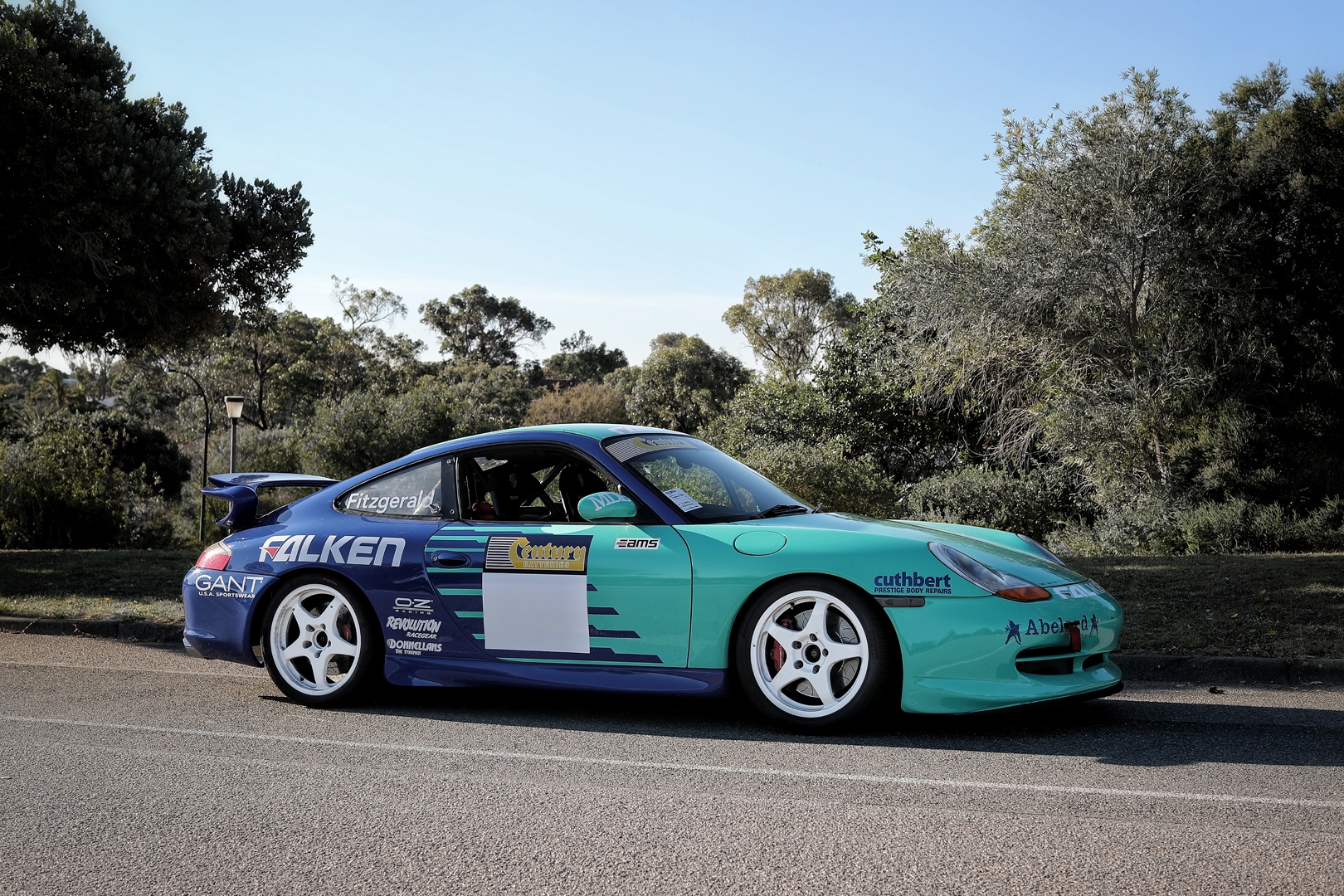
But the car was genuinely unhappy being stuck in traffic, I realised that I had to get out of the Melbourne city grid to fully understand the car. This was a car that genuinely didn’t want to play at part throttle crawling bumper to bumper, yet was being forced to. Part throttle as a concept had to be deleted from my vocab for this car in first or second gear- bunny hopping was not my idea of fun. Instead a new style of driving had to be adopted through busy Toorak. I had to hang back and wait for the road to clear, so that i could gas the car enough in first and second to get past the grumble zone of the warmed over lump sitting behind me. Of course the fine line between being obnoxious and just surviving the traffic in the beast was a constant test.
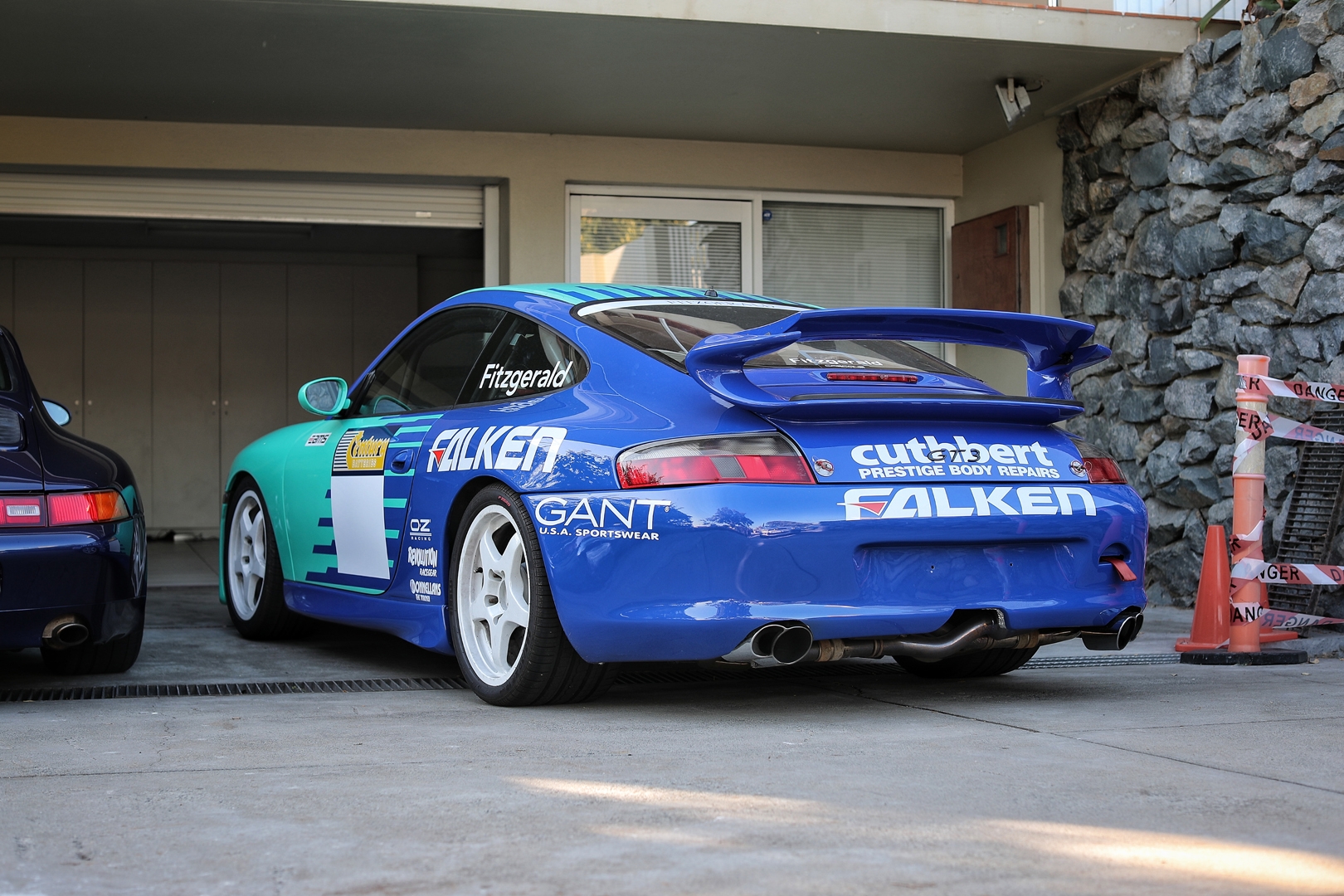
Ah yes, however as soon as the road cleared it all became so clear what this machine was made to do. A prod of the throttle with steady conviction given the public roads, and the cacophony of stones pinging against the arches, the steadily increasing roar from the engine and the metallic whine of the gears added to the drama of the dream that i was finally realising. Combining to the sense of urgency was the race focused suspension, developed over a professional and privateer racing life of close to 20 years on the track and in closed rally stages with a fully ball jointed suspension that wanted to follow every single piece of expansion joint or crack on the old Melbourne roads.
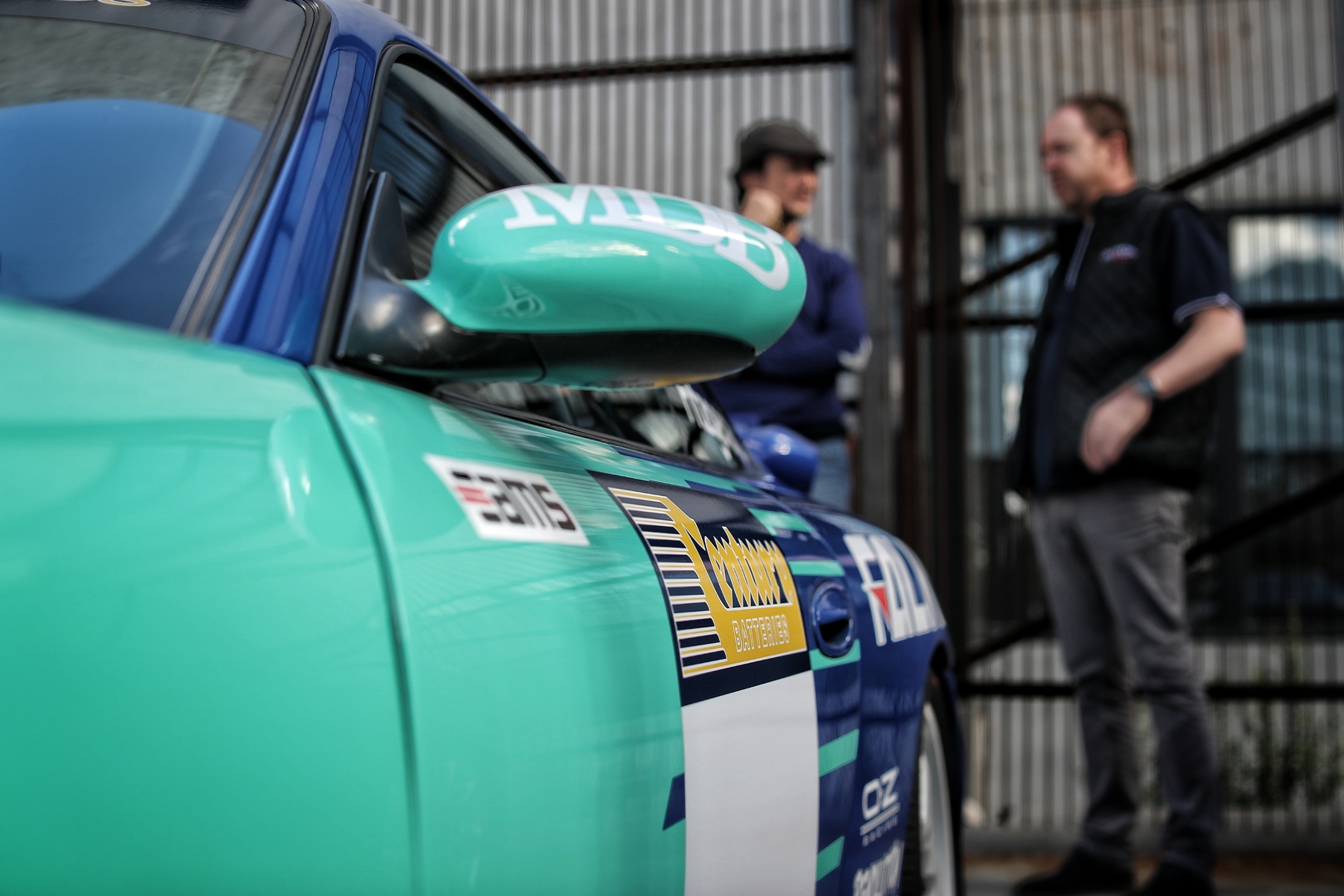
Precision. Insane telepathic precision, only dampened by my feeling that the extremely short gearshift somehow left a level of uncertainty as to whether the car was in gear or not at moments. With time, things began to change, the gearshift started to make more sense, and the experience became one of overflowing adrenaline and excitement even at moderate speeds. The sense of occasion overwhelming any misgivings I had in relation to the gearshift or the chihuahua like fidgetiness.
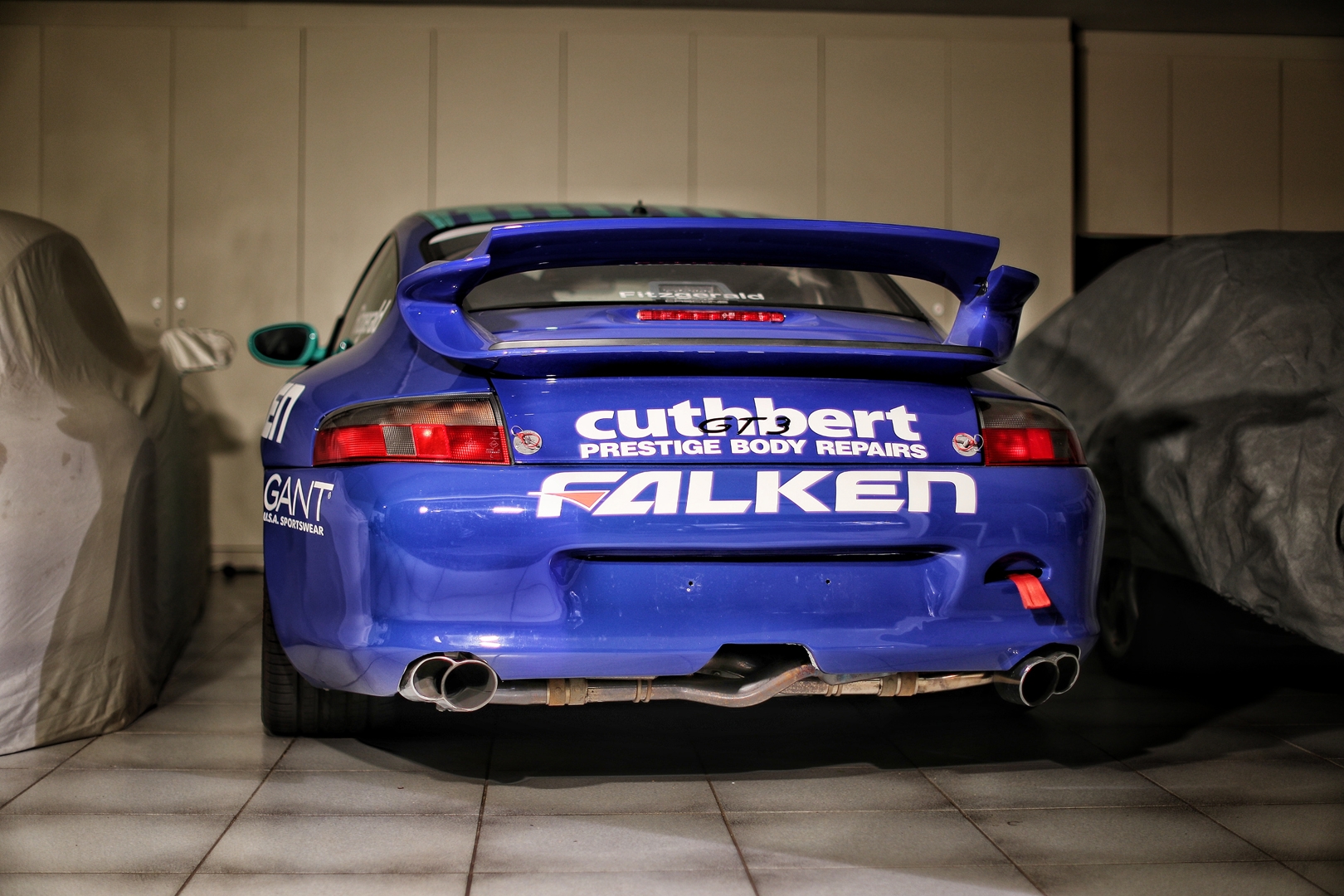
But beyond what I knew was already going to be an insanely highly strung car was the fact that this car had thus far lived an amazing life. Not one pampered in a garage under covers. In a time where everyone else chases low mileage garage queens, I was after something far more special. A car with race wins and racing provenance does not come along everyday. The fact that this car was truly an intrinsic part of Australian motorsport history, and given that Peter Fitzgerald himself had piloted the car successfully over two seasons in the prime of his career, flying the Porsche flag makes the dream larger than life. What more could I have imagined when I was first driving that toy 935 through the living room.
This car was and is everything that i had waited close to forty years for. Now if only I could fit this car in my living room.
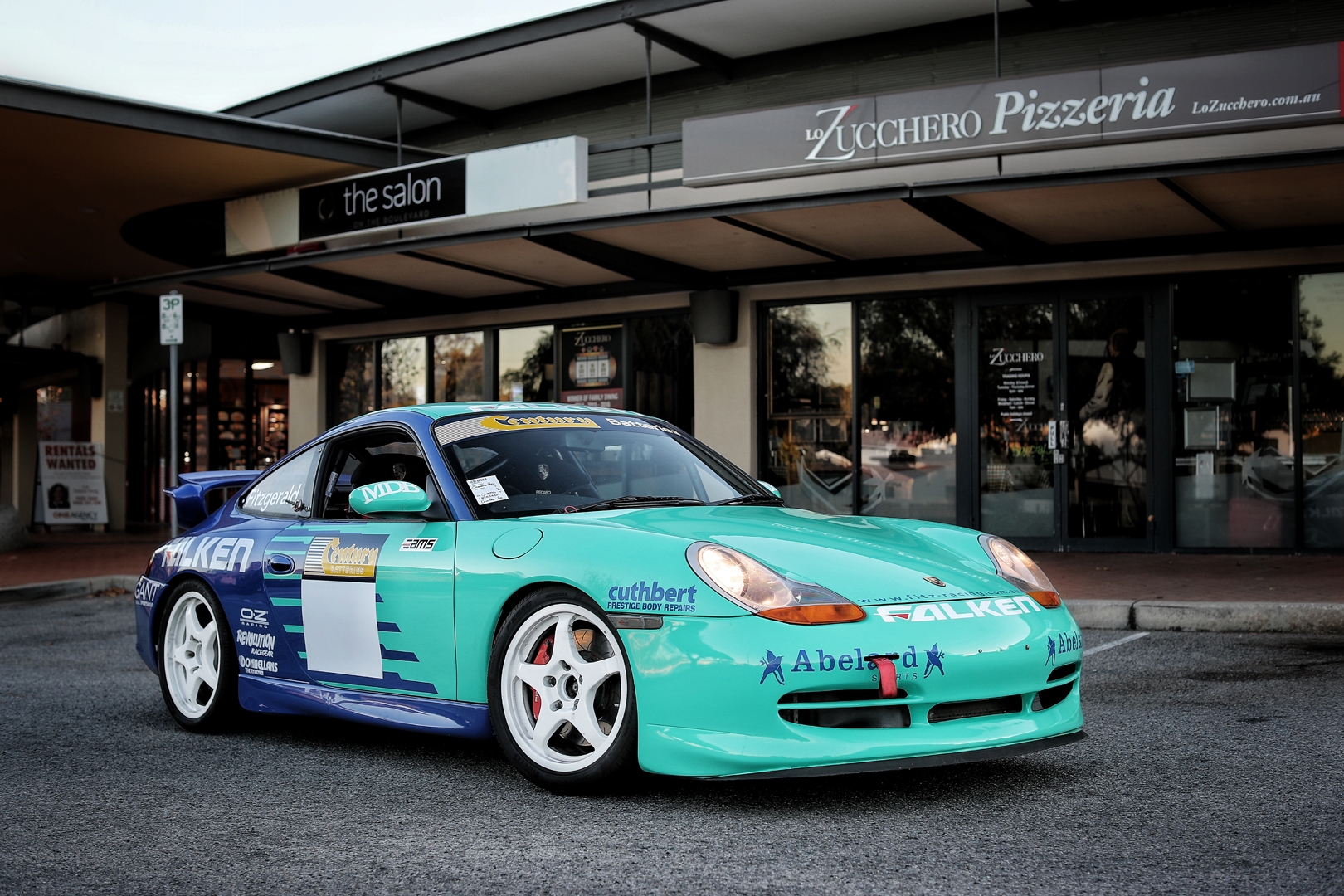

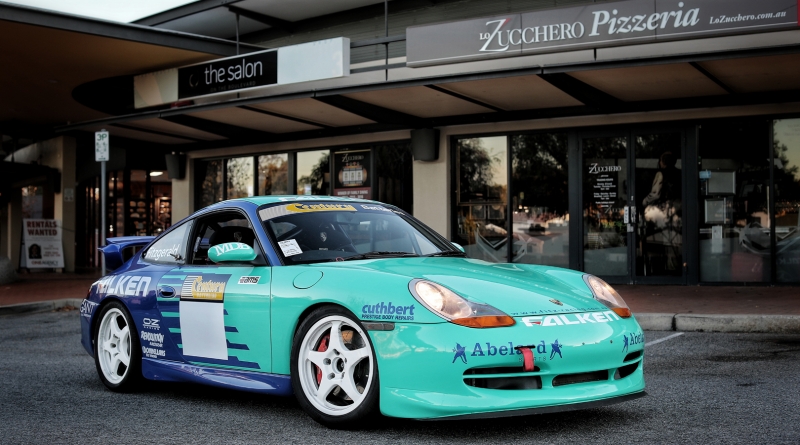
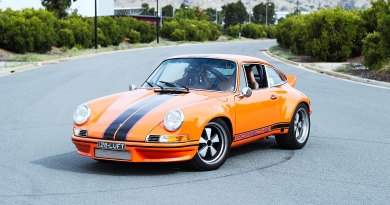
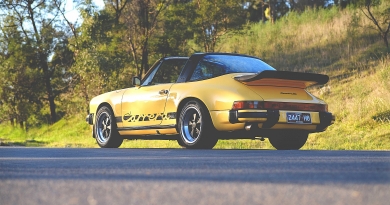
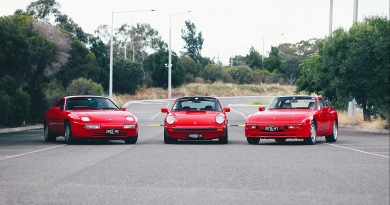
Fantastic story Harold!!!
Thanks so much mate! Was a pleasure to write.